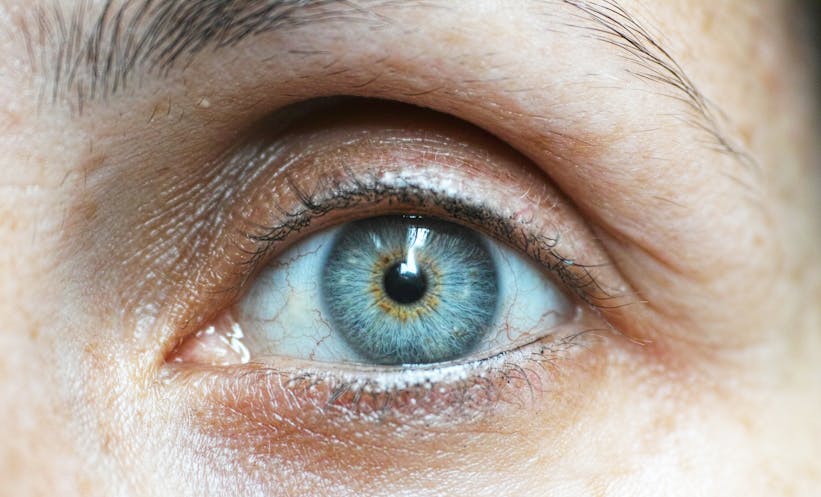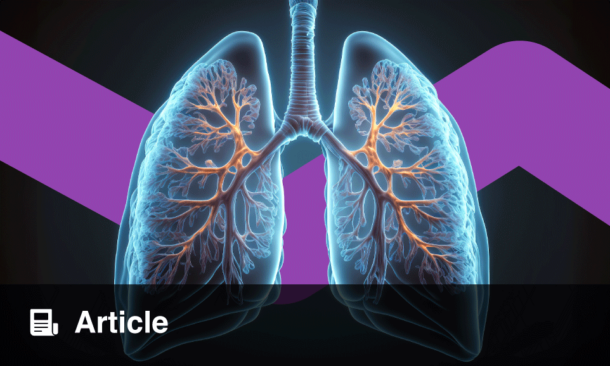NEW data supports a bigger role for 18F-fluorodeoxyglucose (FDG) PET/CT in the treatment of melanoma. This disease, which is the deadliest form of skin cancer, has historically led to poor survival rates when spread to different parts of the body; however, immunotherapy treatments, such as a combination of nivolumab and ipilumumab (IpiNivo) have changed the outlook for this disease, as they are able to promote an immune response. Some patients do not respond to this treatment, and up to now there has not been a way to identify patients who would benefit from it.
Amir Iravani, University of Washington, Seattle, USA, and colleagues conducted a study looking onto the use of baseline scan with FDG PET/CT, a tool used for staging melanoma and monitoring treatment, to predict outcomes in patients who undergo immunotherapy treatment. The technology provides biomarkers, including total lesion glycolysis and metabolic tumour volume, which quantify intensity and amount of tumour metabolism. There is not much information yet on the prognostic value of these biomarkers in patients on IpiNivo therapy.
The study included 122 patients with advanced melanoma receiving IpiNivo. The team noted that baseline metabolic tumour volume was an independent prognostic marker, and that patients with progressive disease on the first follow-up scan had lower 1-year survival rates compared with those without progression (35% versus 90%). At 2 years, this declined to 20% in those with progression, and 83% in those without progression.
“We would use these biomarkers in combination with others to prognosticate patients at baseline and stratify them to choose more intensified treatment for patients with higher volume disease compared to patients with lower volume disease,” stated Iravani. The study further showed that FDG PET metabolic parameters have a role in treatment response assessment, as those who achieved complete metabolic response were more likely to have a very good outcome. The results also support using the technology to decide how long immunotherapy should be used for, allowing clinicians to stop therapy sooner when appropriate and lower the chance of immune-related adverse events.
More research is needed, as this was a retrospective study at a single centre (Peter MacCallum Cancer Centre, Melbourne, Australia). For the technology to be implemented optimally, it will be necessary to incorporate technology that enables automatic entry of FDG PET metabolic parameters into radiology reports. Iravani concluded that streamlining this technology will make application into clinical practice easier and allow institutions across the world to incorporate and arrange data in one repository. “This will allow us to derive the exact thresholds of tumour volume, which clinicians can then use to decide on treatment or choose between treatments,” they said.








